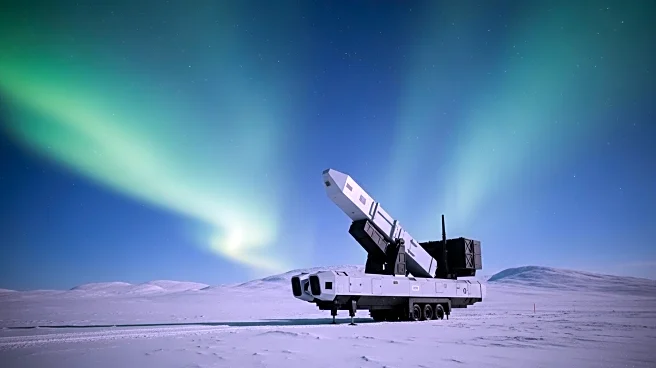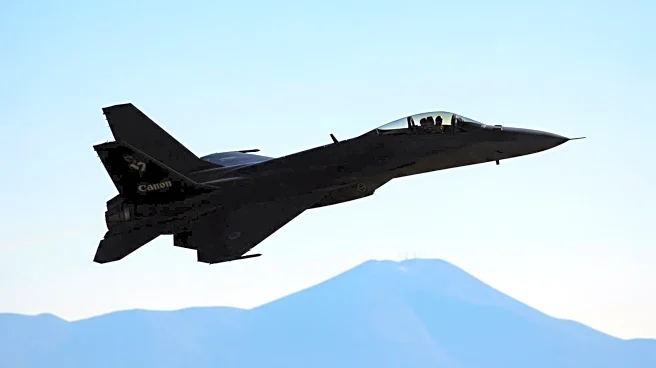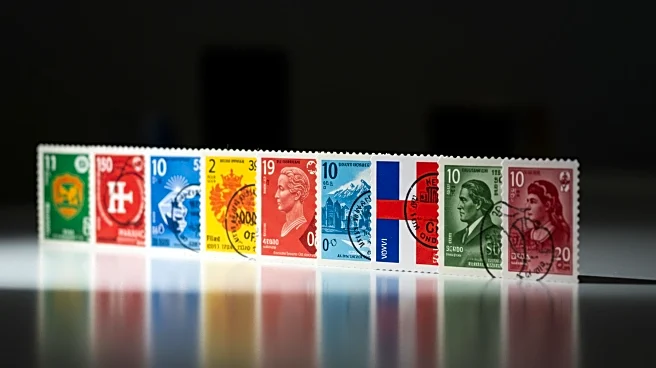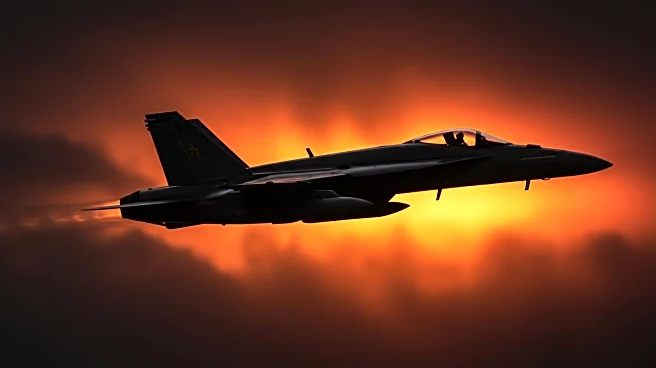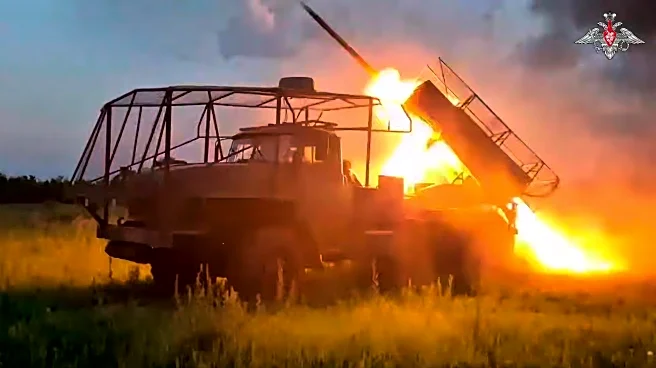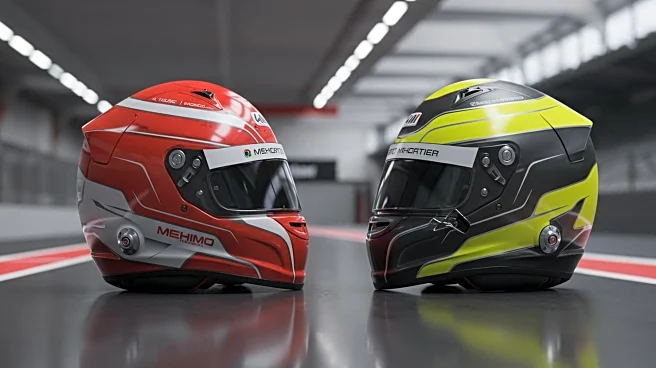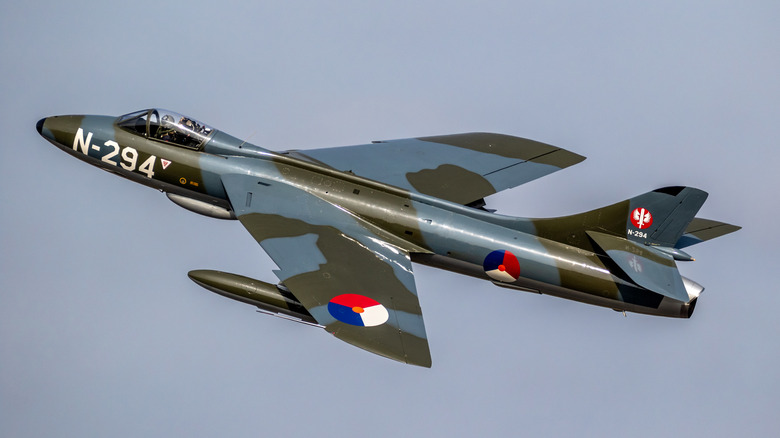
Nearly seven decades after its first flight, the Hawker Hunter is still roaring through military airspace. Officially retired from front-line Royal Air Force (RAF) service in the early 1970s, the classic British jet lives on under the care of Hawker Hunter Aviation (HHA), a UK-based company operating from a military airbase in North Yorkshire known as RAF Leeming. Coupled with low fatigue hours and some modern upgrades, these classic jets remain a valuable and surprisingly relevant asset in 21st-century
military aviation.
HHA's Hunters, mostly single-seat Mk 58s from the Swiss Air Force and a two-seat T72, are officially on the UK military register. This means they're maintained and operated to the same high standards as serving RAF aircraft, but flown only for trials, training, and specialist missions rather than combat. These roles can include acting as "chase" aircraft for testing new systems, providing simulated threats for air defence drills, or carrying experimental equipment for in-flight evaluation. They provide a dependable alternative that frees modern-day front-line jets from secondary tasks.
Their enduring usefulness comes from a mix of reliability and unique handling qualities. Unlike modern "fly-by-wire" fighters such as the Eurofighter Typhoon (one of the most agile fighter jets in the world), which use electronic controls to move their flight surfaces, the Hunter's hydraulic-mechanical flight control system doesn't let electronic interference from test equipment affect the way the aircraft flies. This makes it the ideal platform for trials involving new sensors, missile seeker heads, or electronic warfare pods. If these systems were to be tested on more modern aircraft instead, they might require complex and expensive certification.
Read more: 10 Terrifying War Drones That Give Us Chills
How A 1950s Jet Meets 21st-Century Mission Demands
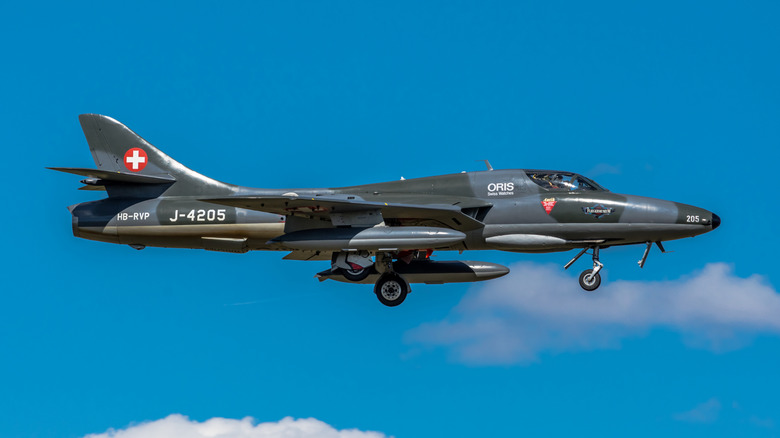
On paper, the Hawker Hunter's design dates back to the early Cold War, but the aircraft flying today under Hawker Hunter Aviation have extremely low total flying hours. The fleet leader, for instance, has only around 3,000 hours and has been carefully upgraded to handle modern military tasks. Advanced navigation through GPS-based aids, glass cockpits and radar warning systems bring the cockpit experience in line with modern standards.
Performance still matters, too. The Hunter can fly at speeds over 690 mph at low level and carry fuel tanks for extended missions or other test equipment on its six underwing pylons. It can operate down to 50 feet above sea level for naval defense trials and maintain high-speed profiles that some newer trainers can't match for long durations. It's this combination of vintage robustness and selective modernization that allows a 1950s jet to keep pace with 21st-century mission demands.
The Hunter's Enduring Role On The Global Stage
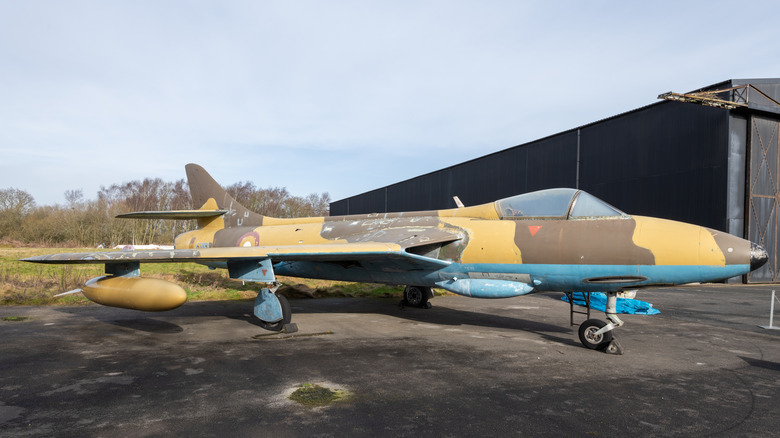
Since its introduction in the 1950s, the Hawker Hunter has served with 21 air forces other than England. These include countries like Switzerland, Singapore and Sweden. Many of these aircraft outlasted their original combat roles, transitioning into training, evaluation, and adversary simulation work for decades.
A recent example came from Lebanon, where five non-operational Hunters were authorized for sale in 2021 to Canadian firm Lortie Aviation. The company entered negotiations with the Lebanese Armed Forces and planned to restore the jets for use as 'enemy' aircraft in training exercises with the U.S. Air Force (one of the largest air forces in the world). This marks the jet's continued value as a realistic and maneuverable opponent. In the UK, Hawker Hunter Aviation's fleet operates internationally for trials and specialist support, deploying to locations such as Germany for contracted work.
Part of this enduring appeal is practical. Spare parts and overhaul facilities for the Hunter's Rolls-Royce Avon engines still exist thanks to continued use in the U.S and elsewhere. While part of it is also reputation, the Hunter is proven, predictable, and capable in a way that makes it ideal for demanding yet cost-conscious missions.
Want the latest in tech and auto trends? Subscribe to our free newsletter for the latest headlines, expert guides, and how-to tips, one email at a time.
Read the original article on SlashGear.






